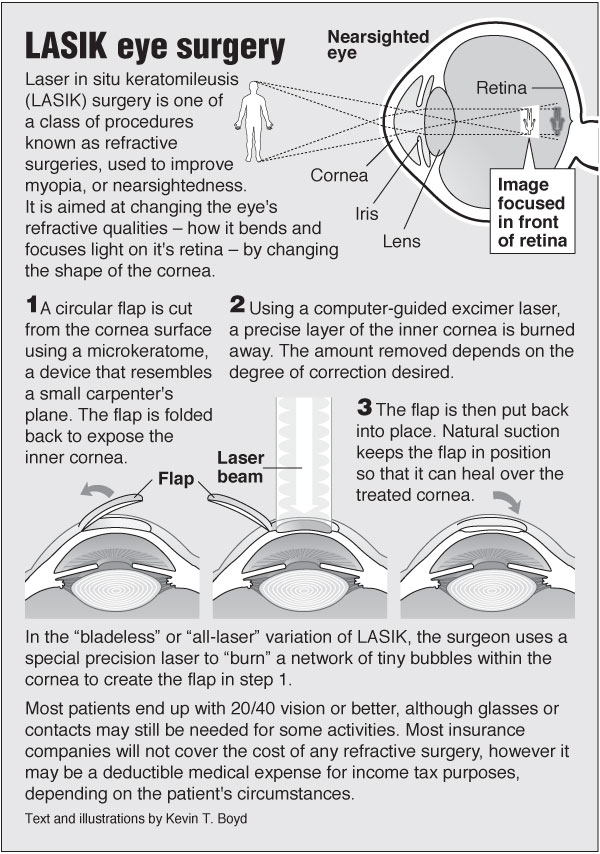The Advancement Of Advanced Cataract Surgical Treatment Techniques: A Thorough Review
The Advancement Of Advanced Cataract Surgical Treatment Techniques: A Thorough Review
Blog Article
Material By-Ottesen Meyers
As you check out the development of advanced cataract surgery strategies, you'll witness a trip marked by resourcefulness and precision. From before cataract surgery that led the way for modern-day technologies to advanced innovations that are transforming the field, the thorough summary of cataract surgical treatment techniques is a testament to human progression and dedication to boosting individual outcomes. The intricate interplay between historical approaches and advanced innovations creates an intriguing narrative that clarifies the development of one of the most typical surgical procedures worldwide.
Historical Techniques and Innovations
Check out how very early surgeons transformed cataract therapy by utilizing cutting-edge strategies and tools. In the past, cataract surgical treatment was a dangerous and excruciating procedure. However, ancient Indian medical professionals were amongst the very first to try surgical treatments for cataracts, making use of a method called 'couching' where a sharp tool was made use of to push the cataract back into the eye. This approach, though crude by today's criteria, prepared for future improvements in cataract surgery.
As time progressed, Arab physicians made considerable payments by establishing specialized needles for cataract extraction. These needles were utilized to pierce the cataract and after that remove it from the eye, noting a considerable improvement in surgical precision.
Later on, in the 18th century, the French doctor Jacques Daviel originated the strategy of extracapsular cataract extraction, where the entire lens was eliminated intact via a larger laceration. This noted a major development in cataract surgical procedure techniques, leading the way for the modern-day procedures we make use of today.
Modern Surgical Approaches
Early strategies in cataract surgical treatment have actually developed considerably, causing the advancement of contemporary surgical approaches that focus on accuracy and improved person end results. Modern cataract surgical procedure currently frequently includes a treatment called phacoemulsification, where an ultrasonic device separate the cataract for removal with a little laceration. This technique allows for quicker recovery and lowers the risk of complications compared to older approaches.
In addition, using advanced intraocular lenses (IOLs) has revolutionized cataract surgical treatment end results. These lenses can remedy not just the cataract yet likewise various other refractive mistakes like astigmatism, lowering the need for glasses post-surgery.
Surgeons today likewise have accessibility to innovative imaging technologies that help in specific preoperative planning and intraoperative decision-making. 2 month old cataract surgery (OCT) and other imaging techniques offer thorough pictures of the eye's frameworks, permitting a much more tailored method to every person's surgery. With these improvements, modern-day cataract surgical procedure methods continue to improve, providing clients more secure treatments and far better aesthetic outcomes.
Arising Technologies in Cataract Surgery
With developments in technology changing the area, cataract surgical treatment is experiencing the integration of cutting-edge strategies for boosted client end results. Emerging technologies in cataract surgical procedure are reshaping the landscape of sensory procedures. One such advancement is femtosecond laser innovation, which permits precise corneal cuts, capsulotomies, and lens fragmentation, causing enhanced medical accuracy and end results.
Furthermore, intraoperative aberrometry is obtaining appeal, enabling real-time dimensions of refractive errors during surgical procedure to improve intraocular lens power computations and lower postoperative refractive surprises.
Additionally, using innovative imaging technologies like optical coherence tomography (OCT) and intraoperative wavefront aberrometry aids cosmetic surgeons in precise medical preparation and implementation. Laser Vision Correction Risks provide thorough physiological information and assistance tailor surgical techniques for every individual's special eye characteristics.
Additionally, growths in artificial intelligence are being discovered to assist in preoperative preparation, intraoperative decision-making, and postoperative treatment, potentially maximizing medical results and person fulfillment. Welcoming these emerging technologies in cataract surgical procedure holds assurance for further enhancing patient outcomes and making certain the proceeded advancement of ocular surgical techniques.
Conclusion
As you trip via the background of cataract surgical treatment, you witness the makeover from old techniques to innovative technologies. Like a phoenix metro rising from the ashes, cataract surgical procedure has actually evolved right into a beacon of hope and innovation.
Just as how to schedule cataract surgery arises from its cocoon as an attractive butterfly, cataract surgical procedure has developed right into a refined art form, offering people clearer vision and a brighter future.
The evolution proceeds, radiating a light on unlimited opportunities.
